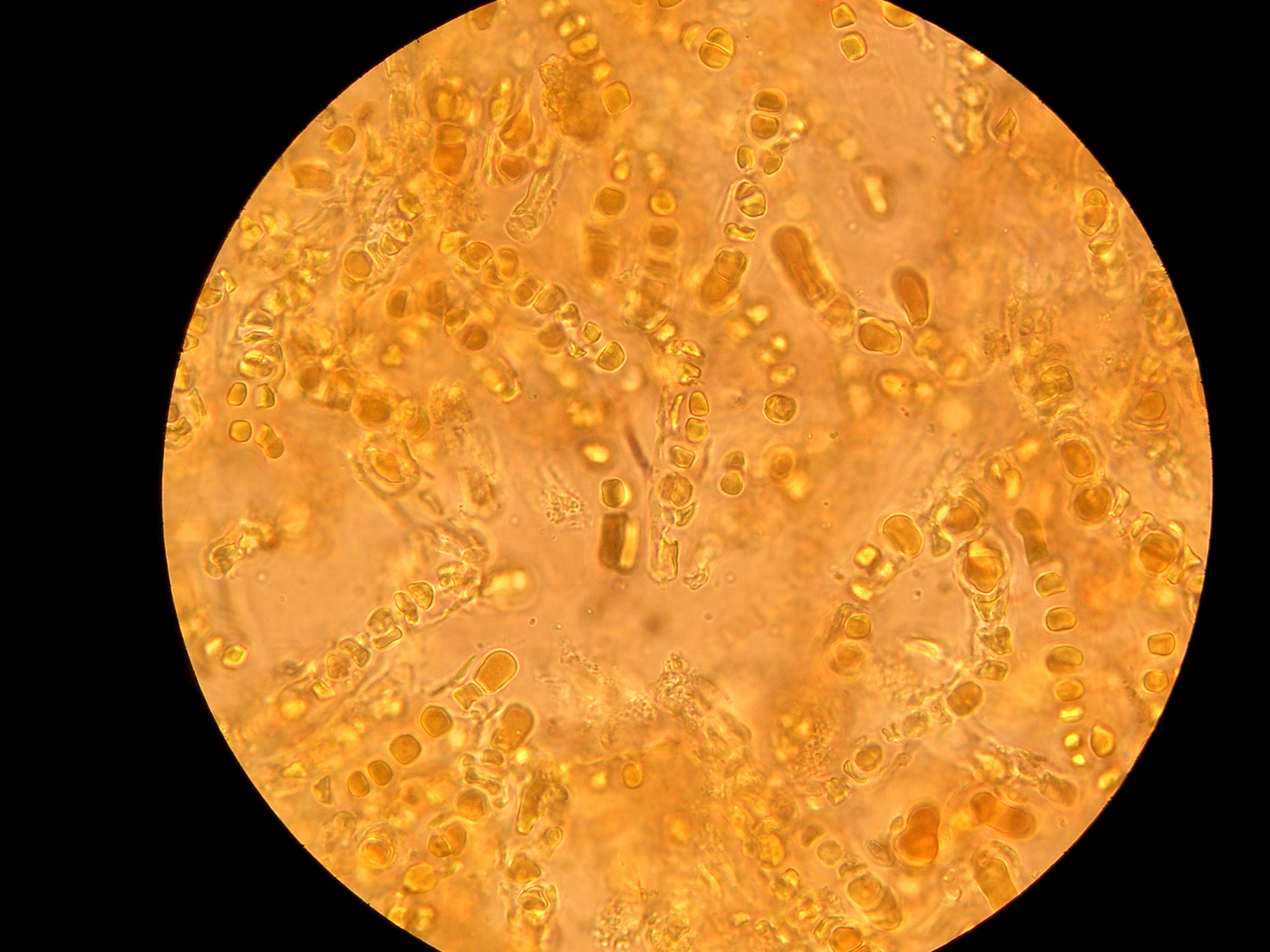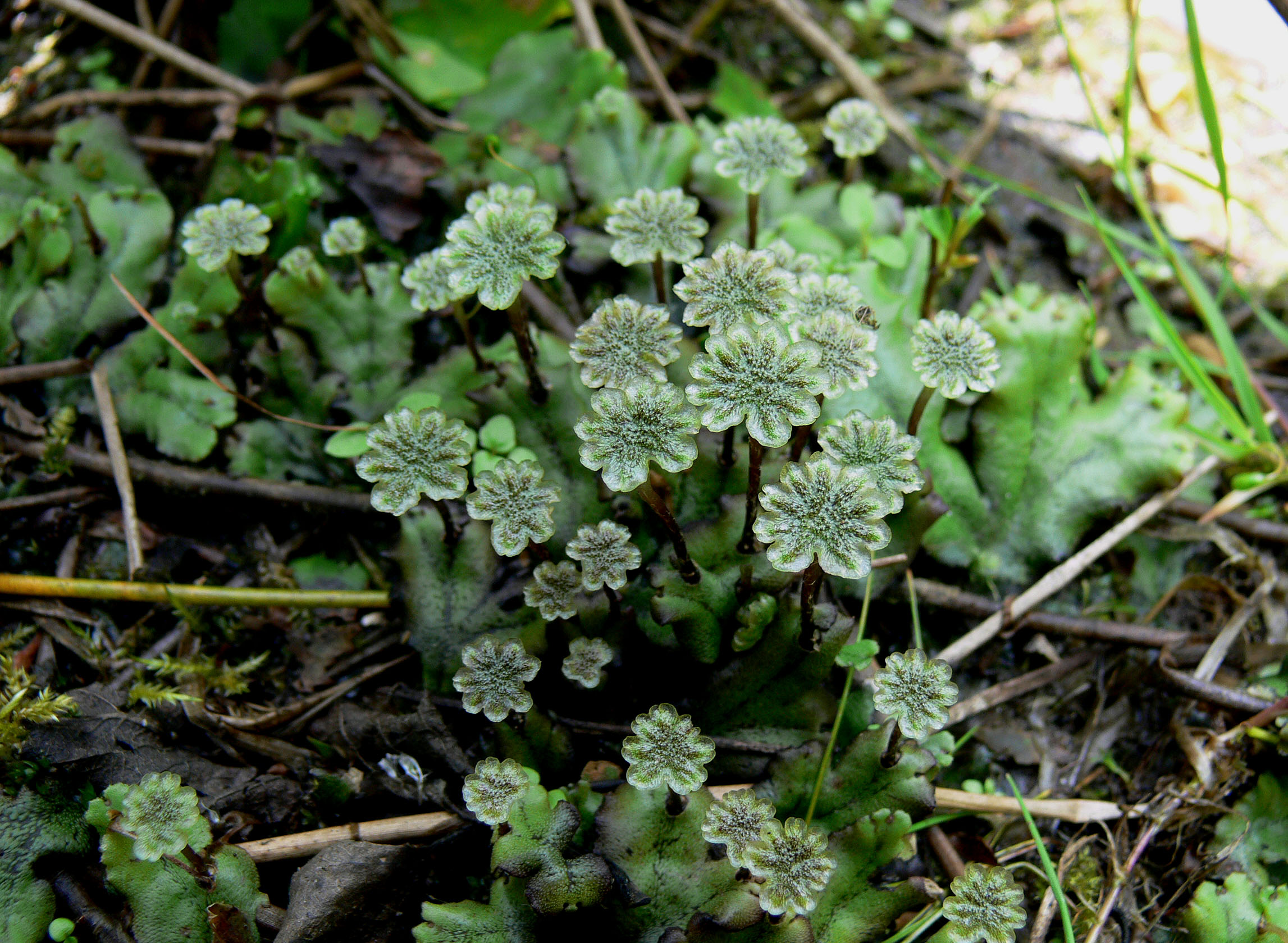|
Cora Inversa
''Cora inversa'' is a species of basidiolichen in the family Hygrophoraceae. Found in Colombia, it was formally described as a new species in 2013 by lichenologists Robert Lücking and Bibiana Moncada. The type specimen was collected in the Páramo El Verjón (in Choachí, Cundinamarca Department) at an altitude of . Here the lichen grows as an epiphyte, typically at the base of páramo shrubs, and often between bryophytes. The specific epithet In taxonomy, binomial nomenclature ("two-term naming system"), also called nomenclature ("two-name naming system") or binary nomenclature, is a formal system of naming species of living things by giving each a name composed of two parts, bot ... refers to the partially strigose (i.e., with dense, short, hair-like projections) underside, presenting in an inverse fashion compared to '' Cora hirsuta'', which is strigose on the upper side. References inversa Lichen species Lichens described in 2013 Lichens of Colombia Tax ... [...More Info...] [...Related Items...] OR: [Wikipedia] [Google] [Baidu] |
Robert Lücking
Robert Lücking (born 1964) is a German lichenologist. He is a leading expert on foliicolous lichens–lichens that live on leaves. Life and career Born in Ulm in 1964, Lücking earned both his master's (1990) and PhD degree (1994) at the University of Ulm. Both degrees concerned the taxonomy, ecology, and biodiversity of foliicolous lichens. His graduate supervisor was mycologist and bryologist Sieghard Winkler, who had previously studied epiphyllous (upper leaf-dwelling) fungi in El Salvador and Colombia. In 1996 Lücking was awarded the Mason E. Hale award for an "outstanding doctoral thesis presented by a candidate on a lichenological theme". His thesis was titled ''Foliikole Flechten und ihre Mikrohabitatpraferenzen in einem tropischen Regenwald in Costa Rica'' ("Foliicolous lichens and their microhabitat preferences in a tropical rainforest in Costa Rica"). In this work, Lücking recorded 177 foliicolous lichen species from the shrub layer in a Costa Rican tropical forest. L ... [...More Info...] [...Related Items...] OR: [Wikipedia] [Google] [Baidu] |
Botanical Name
A botanical name is a formal scientific name conforming to the ''International Code of Nomenclature for algae, fungi, and plants'' (ICN) and, if it concerns a plant cultigen, the additional cultivar or Group epithets must conform to the '' International Code of Nomenclature for Cultivated Plants'' (ICNCP). The code of nomenclature covers "all organisms traditionally treated as algae, fungi, or plants, whether fossil or non-fossil, including blue-green algae ( Cyanobacteria), chytrids, oomycetes, slime moulds and photosynthetic protists with their taxonomically related non-photosynthetic groups (but excluding Microsporidia)." The purpose of a formal name is to have a single name that is accepted and used worldwide for a particular plant or plant group. For example, the botanical name '' Bellis perennis'' denotes a plant species which is native to most of the countries of Europe and the Middle East, where it has accumulated various names in many languages. Later, the plant w ... [...More Info...] [...Related Items...] OR: [Wikipedia] [Google] [Baidu] |
Taxa Named By Robert Lücking
In biology, a taxon (back-formation from ''taxonomy''; plural taxa) is a group of one or more populations of an organism or organisms seen by taxonomists to form a unit. Although neither is required, a taxon is usually known by a particular name and given a particular ranking, especially if and when it is accepted or becomes established. It is very common, however, for taxonomists to remain at odds over what belongs to a taxon and the criteria used for inclusion. If a taxon is given a formal scientific name, its use is then governed by one of the nomenclature codes specifying which scientific name is correct for a particular grouping. Initial attempts at classifying and ordering organisms (plants and animals) were set forth in Carl Linnaeus's system in ''Systema Naturae'', 10th edition (1758), as well as an unpublished work by Bernard and Antoine Laurent de Jussieu. The idea of a unit-based system of biological classification was first made widely available in 1805 in the intro ... [...More Info...] [...Related Items...] OR: [Wikipedia] [Google] [Baidu] |
Lichens Of Colombia
A lichen ( , ) is a composite organism that arises from algae or cyanobacteria living among filaments of multiple fungi species in a mutualistic relationship.Introduction to Lichens – An Alliance between Kingdoms . University of California Museum of Paleontology. Lichens have properties different from those of their component organisms. They come in many colors, sizes, and forms and are sometimes plant-like, but are not s. They may have tiny, leafless branches (); flat leaf-like structures ( [...More Info...] [...Related Items...] OR: [Wikipedia] [Google] [Baidu] |
Lichens Described In 2013
A lichen ( , ) is a composite organism that arises from algae or cyanobacteria living among filaments of multiple fungi species in a mutualistic relationship.Introduction to Lichens – An Alliance between Kingdoms . University of California Museum of Paleontology. Lichens have properties different from those of their component organisms. They come in many colors, sizes, and forms and are sometimes plant-like, but are not s. They may have tiny, leafless branches (); flat leaf-like structures ( |
Cora
Cora may refer to: Science * ''Cora'' (fungus), a genus of lichens * ''Cora'' (damselfly), a genus of damselflies * CorA metal ion transporter, a Mg2+ influx system People * Cora (name), a given name and surname * Cora E. (born 1968), German hip-hop artist * Sexy Cora or Carolin Ebert (1987–2011), German actress, model, singer Places United States * Cora, Illinois * Cora, Kansas * Cora, Missouri * Cora, West Virginia * Cora, Washington * Cora, Wyoming Other places * Cora (Ancient Latin town), an ancient town in Latium (Italy) * Cori, Lazio, Italy Other uses * 504 Cora, a metallic asteroid from the middle region of the asteroid belt * Cora (hypermarket), a retail group of hypermarkets in Europe * Cora (instrument), an alternative spelling of the West African musical instrument Kora * ''Cora'' (opera), a 1791 opera by Étienne Méhul, libretto by Valadier * Cora (restaurant), a Canadian chain of casual restaurants * Cora (rocket), a French rocket * ''Cora'' (1812 ship), a ... [...More Info...] [...Related Items...] OR: [Wikipedia] [Google] [Baidu] |
Cora Hirsuta
''Cora hirsuta'' (previously ''Dictyonema hirsutum'') is a species of basidiolichen in the family Hygrophoraceae. Found in the páramo region near Bogotá at over elevation, it was described as new to science in 2011. The lichen, characterised by its distinctively hairy upper surface and smaller , thrives in a variety of habitats, including soil, bryophytes, and as epiphytes on trees. Taxonomy ''Cora hirsuta'' was first described by lichenologists Bibiana Moncada and Robert Lücking as the new species ''Dictyonema hirsutum'', distinct from ''Dictyonema glabratum'' due to its hairy thallus. The type specimen was collected in August 2008 from the Reserva Natural Matarredonda in Choachí, Cundinamarca, Colombia. The species name ''hirsuta'' is derived from the Latin word for hairy, referring to the lichen's conspicuously hairy upper surface. Moncada and Lücking transferred the taxon to the genus ''Cora'' in 2013. Description The thallus of ''Cora hirsuta'' is folios ... [...More Info...] [...Related Items...] OR: [Wikipedia] [Google] [Baidu] |
Bryophyte
The Bryophyta s.l. are a proposed taxonomic division containing three groups of non-vascular land plants ( embryophytes): the liverworts, hornworts and mosses. Bryophyta s.s. consists of the mosses only. They are characteristically limited in size and prefer moist habitats although they can survive in drier environments. The bryophytes consist of about 20,000 plant species. Bryophytes produce enclosed reproductive structures (gametangia and sporangia), but they do not produce flowers or seeds. They reproduce sexually by spores and asexually by fragmentation or the production of gemmae. Though bryophytes were considered a paraphyletic group in recent years, almost all of the most recent phylogenetic evidence supports the monophyly of this group, as originally classified by Wilhelm Schimper in 1879. The term ''bryophyte'' comes . Terminology The term "Bryophyta" was first suggested by Braun in 1864. G.M. Smith placed this group between Algae and Pteridophyta. Features ... [...More Info...] [...Related Items...] OR: [Wikipedia] [Google] [Baidu] |
Basidiolichen
Basidiolichens are lichenized members of the Basidiomycota, a much smaller group of lichens than the far more common ascolichens in the Ascomycota. In arctic, alpine, and temperate forests, the most common basidiolichens are in the agaric genus ''Lichenomphalia'' (including former members of '' Omphalina'' or '' Gerronema'') and the clavarioid genus '' Multiclavula''. Several lichenized genera occur in tropical regions, the most common being the foliose '' Dictyonema''. Previously basidiolichens had been classified in their own subclass, Basidiolichenes. Molecular based phylogeny A phylogenetic tree (also phylogeny or evolutionary tree Felsenstein J. (2004). ''Inferring Phylogenies'' Sinauer Associates: Sunderland, MA.) is a branching diagram or a tree showing the evolutionary relationships among various biological spe ... does not support classification of the genera together. References External linksBioImagesSeveral photos of ''Lichenomphalia umbellifera''New Zea ... [...More Info...] [...Related Items...] OR: [Wikipedia] [Google] [Baidu] |
Páramo
Páramo () can refer to a variety of alpine tundra ecosystems located in the Andes Mountain Range, South America. Some ecologists describe the páramo broadly as "all high, tropical, montane vegetation above the continuous timberline". A narrower term classifies the páramo according to its regional placement in the northern Andes of South America and adjacent southern Central America. The páramo is the ecosystem of the regions above the continuous forest line, yet below the permanent snowline. It is a "Neotropical high mountain biome with a vegetation composed mainly of giant rosette plants, shrubs and grasses". According to scientists, páramos may be " evolutionary hot spots", that meaning that it's among the fastest evolving regions on Earth. Location The Northern Andean Páramo global ecoregion includes the Cordillera Central páramo (Ecuador, Peru), Santa Marta páramo (Colombia), Cordillera de Merida páramo (Venezuela) and Northern Andean páramo (Colombia, Ecuado ... [...More Info...] [...Related Items...] OR: [Wikipedia] [Google] [Baidu] |
Epiphyte
An epiphyte is an organism that grows on the surface of a plant and derives its moisture and nutrients from the air, rain, water (in marine environments) or from debris accumulating around it. The plants on which epiphytes grow are called phorophytes. Epiphytes take part in nutrient cycles and add to both the diversity and biomass of the ecosystem in which they occur, like any other organism. They are an important source of food for many species. Typically, the older parts of a plant will have more epiphytes growing on them. Epiphytes differ from parasites in that they grow on other plants for physical support and do not necessarily affect the host negatively. An organism that grows on another organism that is not a plant may be called an epibiont. Epiphytes are usually found in the temperate zone (e.g., many mosses, liverworts, lichens, and algae) or in the tropics (e.g., many ferns, cacti, orchids, and bromeliads). Epiphyte species make good houseplants due to their minimal ... [...More Info...] [...Related Items...] OR: [Wikipedia] [Google] [Baidu] |
.jpg)





